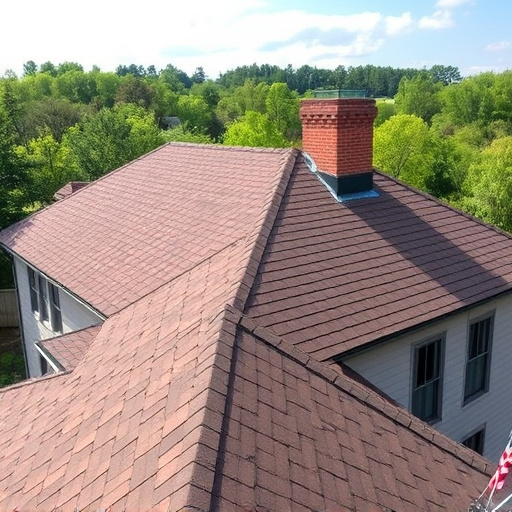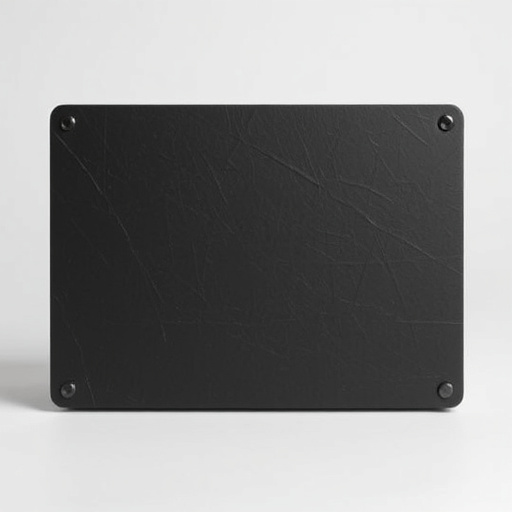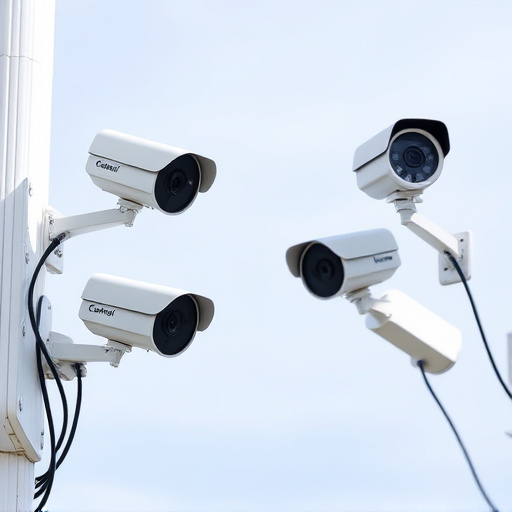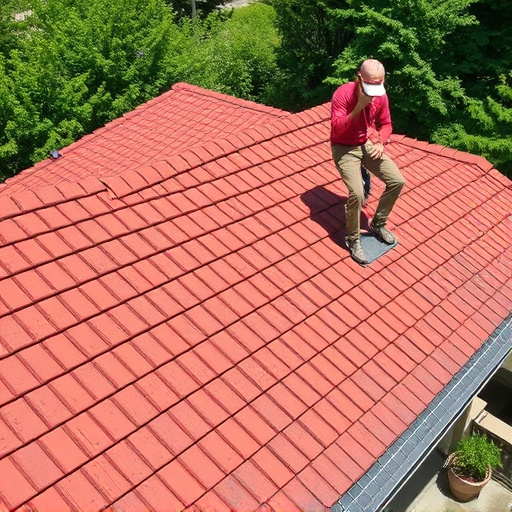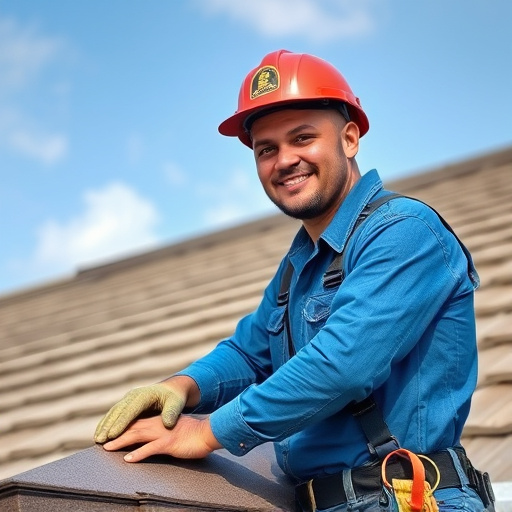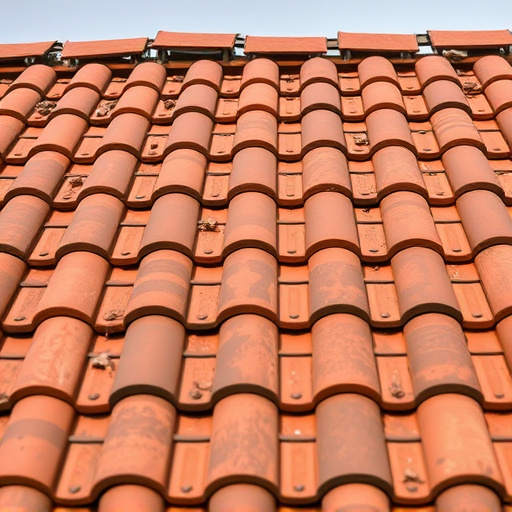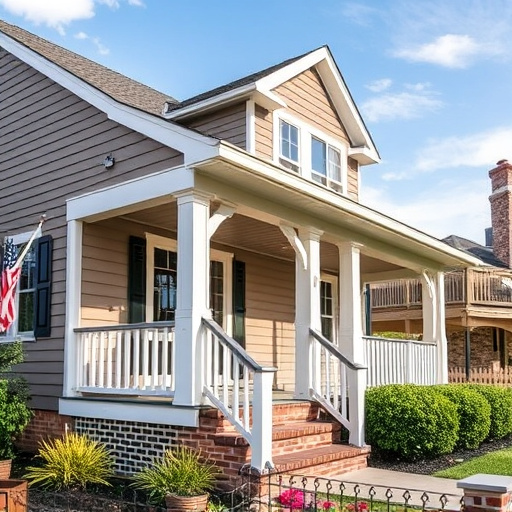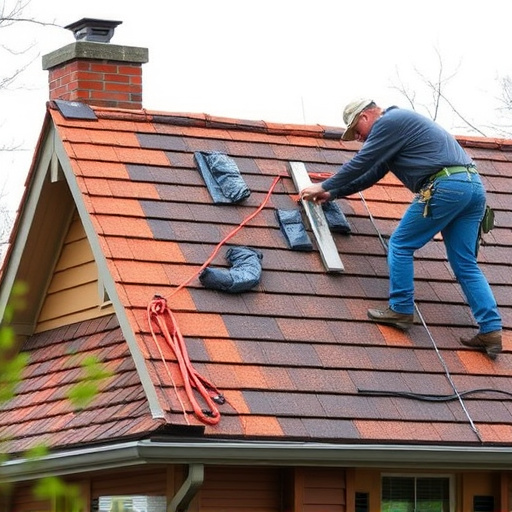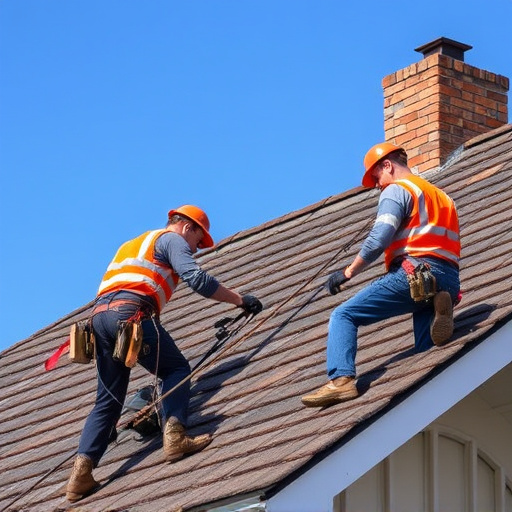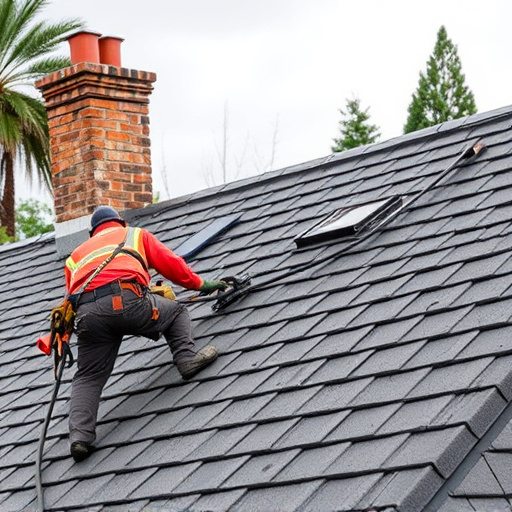Regular roof maintenance inspections are crucial for homeowners to prevent costly repairs and ensure structural integrity. While leaks signal obvious problems, subtle weather-related damage can go unnoticed. Professional inspections identify early issues with shingles, flashing, gutters, and structure, saving money, extending roof lifespan, and protecting against severe weather damage. Before the inspection, clear debris from roofs and document concerns. After a detailed assessment, receive a report outlining current conditions and guiding future maintenance decisions. Address minor repairs DIY but complex issues require professional home service providers. Regular maintenance like gutter cleaning prevents further damage and ensures roof longevity.
Regular roof maintenance inspections are essential for ensuring your home’s protective barrier stays in top condition. This proactive step can prevent costly repairs, extend your roof’s lifespan, and safeguard against potential safety hazards. This article guides you through scheduling a professional inspection, from understanding the benefits to preparing for the process and interpreting post-inspection reports. Learn how to maintain your roof effectively with these vital steps.
- Understanding the Importance of Regular Roof Maintenance Inspections
- Preparing for Your Roof Inspection: What to Expect and Do
- Post-Inspection: Understanding the Report and Next Steps for Roof Maintenance
Understanding the Importance of Regular Roof Maintenance Inspections
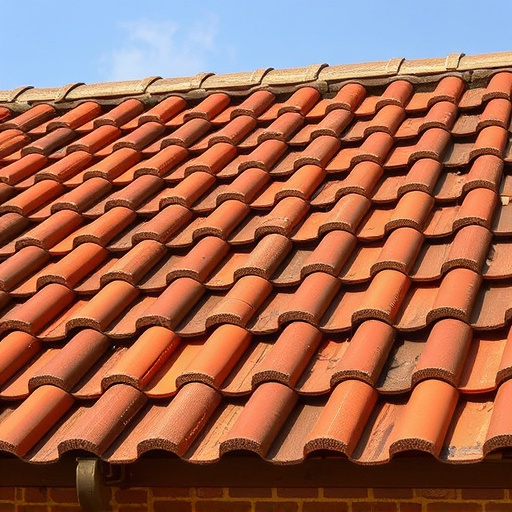
Regular roof maintenance inspections are a crucial aspect of home ownership that often goes overlooked. Many homeowners believe that as long as their roof isn’t leaking, it’s in good condition. However, this can be a dangerous assumption. Roofs are constantly exposed to harsh weather conditions, including sun, wind, rain, and snow, which can cause subtle damage over time. Ignoring these issues can lead to more severe problems, making repairs more expensive and time-consuming.
A professional roof maintenance inspection is designed to identify potential issues early on. It involves a thorough examination of every aspect of your roof, from the shingles and flashing to the gutters and structure. By scheduling regular inspections, you’ll be able to catch small problems before they turn into major repairs. This not only saves you money in the long run but also ensures your home’s structural integrity. Plus, it can help extend the lifespan of your roof, which is a valuable investment for any homeowner.
Preparing for Your Roof Inspection: What to Expect and Do
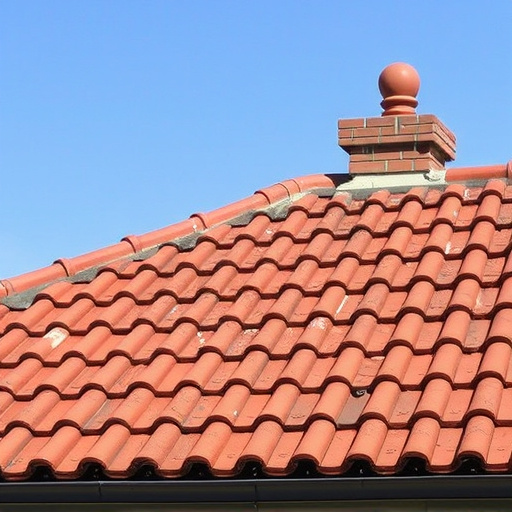
Before your professional roof maintenance inspection, prepare for a thorough evaluation of your roofing system. Start by clearing any debris or obstacles from your roof and gutters to ensure easy access for inspectors. Remove any dead leaves, branches, or other debris that might hinder their progress. It’s also beneficial to check if there are any areas of concern, such as missing shingles or visible damage, and document them for reference during the inspection.
During the inspection, expect a detailed examination of your roof’s structure, including the roofing materials, flashing, vents, and gutters. The professionals will assess the overall condition, identify potential issues, and provide recommendations for repairs or maintenance. Be prepared to discuss any concerns you have about your roof’s performance, lifespan, or specific areas that need attention. This proactive approach ensures a comprehensive understanding of your roofing solutions and helps in planning for effective residential siding services if required.
Post-Inspection: Understanding the Report and Next Steps for Roof Maintenance
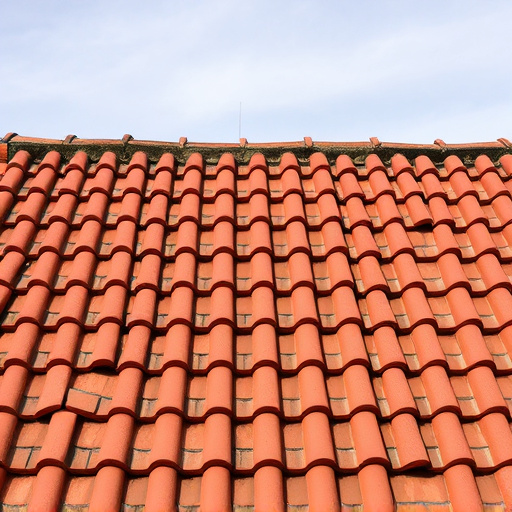
After the inspection is complete, you’ll receive a detailed report outlining the current condition of your roof. This document will serve as a valuable guide for future roof maintenance decisions. It’s essential to understand the findings and take the recommended actions to ensure optimal roof care. The report may highlight various issues like missing shingles, flashing problems, or signs of wear and tear.
For minor repairs, you might consider DIY solutions, but for more complex issues such as storm damage repair or structural weaknesses, it’s best to consult with home service solutions providers. Regular maintenance, including cleaning gutters and checking for leaks, should be part of your post-inspection routine to prevent further damage and ensure the longevity of your roof. Prompt action on the report’s recommendations will help maintain the integrity of your property and save costs in the long term, especially when it comes to essential roof repair and not just regular maintenance.
Regular roof maintenance inspections are a crucial aspect of keeping your home in top condition. By scheduling professional assessments, you can ensure potential issues are identified early, preventing costly repairs. This comprehensive guide has equipped you with the knowledge to prepare, understand, and act upon the insights gained from these inspections, fostering a robust roof maintenance regimen that safeguards your property’s most vital protective layer.


